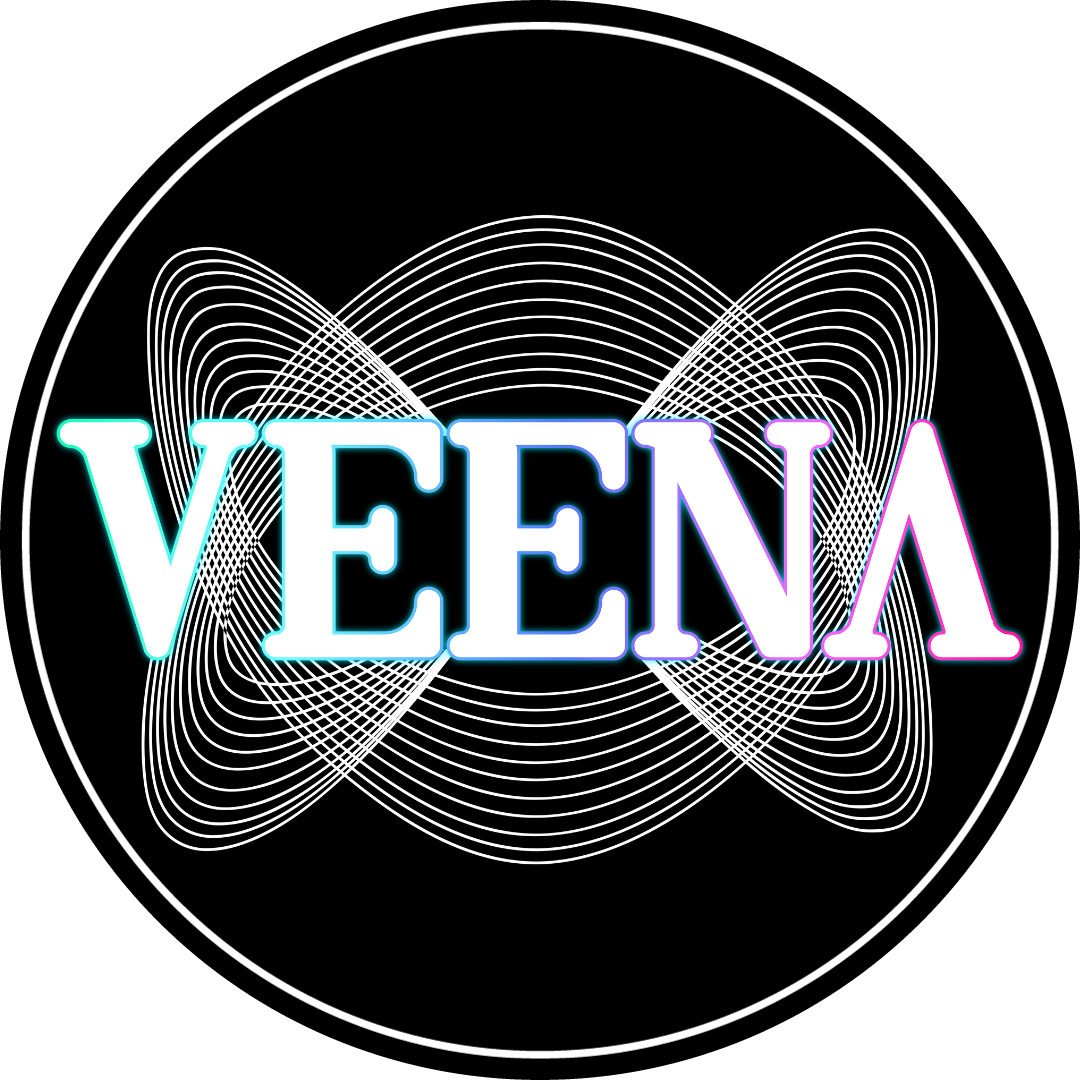From Disco to EDM: The Evolution of Electronic Dance Music
1970’s Disco
Imagine the swirling lights and pulsating beats of the 1970s disco era as the springboard to an EDM (Electronic Dance Music) musical revolution that's still highly relevant today. In fact, electronic dance music is not a new genre of music. It traces all the way back to the 1970s during a period that was rich in musical experimentation and innovation. Disco music was one of the most popular genres of music in the 1970s, and it included uptempo, four-on-the-floor beats with synthesizers and electric rhythm guitars. Four-on-the-floor is a rhythm pattern that is a steady, uniform beat in which the kick drum hits on every beat. At the core of the innovation of this genre of music were the drum machines and synthesizers. Synthesizers allowed the musicians to produce unique sounds that were unlike traditional instruments.
1980’s Technology
As the 1980s neared, a pivotal technological advancement came to fruition that revolutionized the world of electronic music: MIDI or Musical Instrument Digital Interface. MIDI was invented in the early 1980s to provide an exchange of information between digital music devices. Before MIDI, digital musical instruments like drum machines and synthesizers could not exchange information or, in other words, talk to each other. This communication was not just limited to transferring sounds but also involved control data, which could dictate how the sounds are manipulated and played. This technological advancement opened up a plethora of possibilities for musicians and producers.
EDM Sub-Genres Through the 1980’s and 1990’s
With the growth of electronically produced music and MIDI, the foundations for EDM were laid, and producers started fusing sounds together to create danceable rhythms. EDM started to take shape. Throughout the 1980s and 1990s, EDM evolved and split out into multiple different sub-genres including house, techno, trance, drum and bass, and many others. Each sub-genre is different from the other, but at the core of all electronic dance music is the underlying element, the sine wave.
Conclusion
EDM has proven to be an ever-evolving mixture of innovation and excitement. The ingenuity of musicians and producers who used MIDI and the countless sub-genres born from this musical revolution all stem from the endless creativity of artists who dared to experiment and explore. As EDM continues to shift and captivate generations, one thing is certain: the rhythm of the sine wave will continue to echo through time, uniting people on dance floors around the world.
References: Phoenixgreen. (2017). Stylistic Fingerprints of Disco Music. Music Tech Student. | Wright, G. (2023, January 24). What is MIDI (Musical Instrument Digital Interface)? – TechTarget definition. WhatIs.com. techtarget.com/whatis/definition/MIDI-Musical-Instrument-Digital-Interface 
